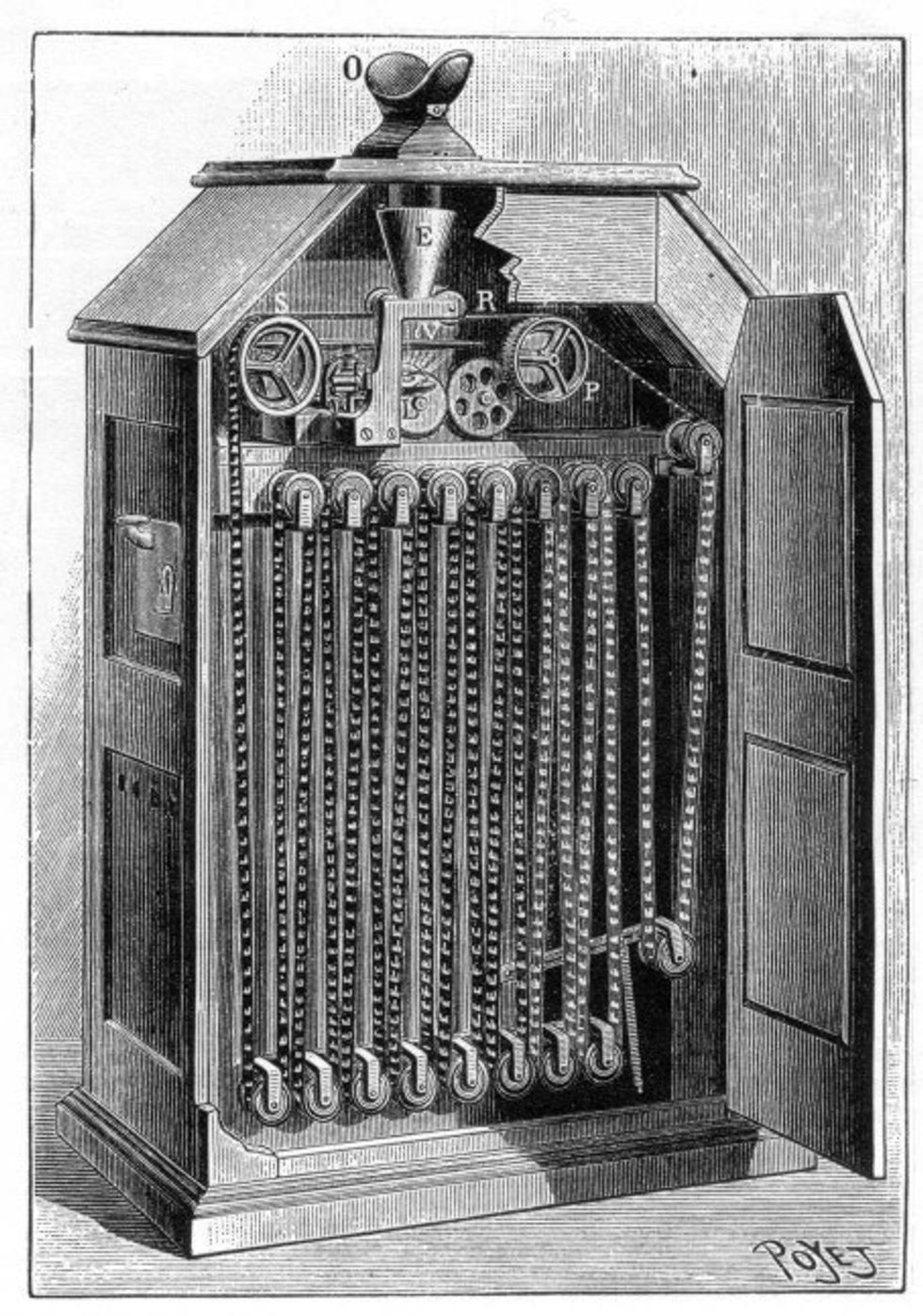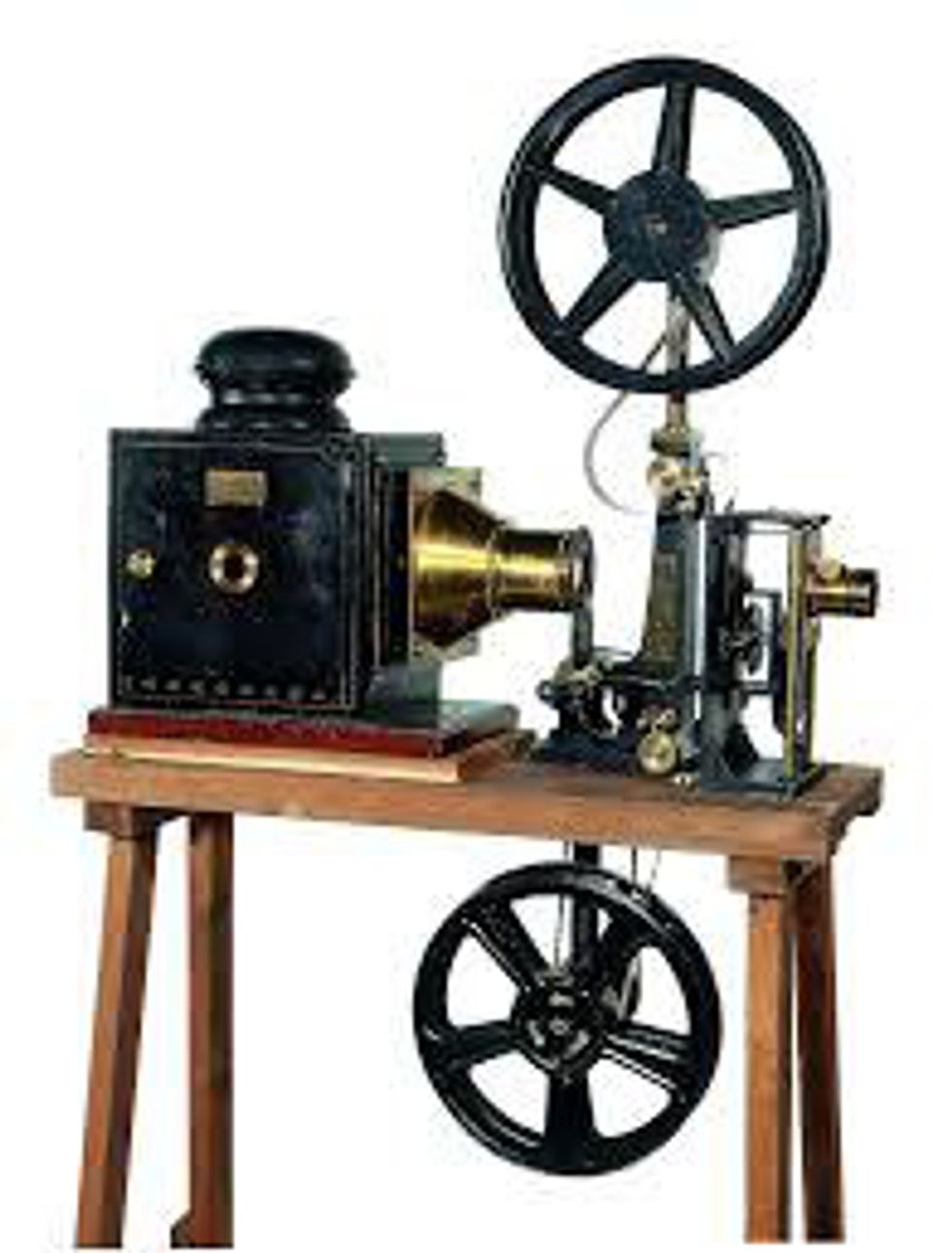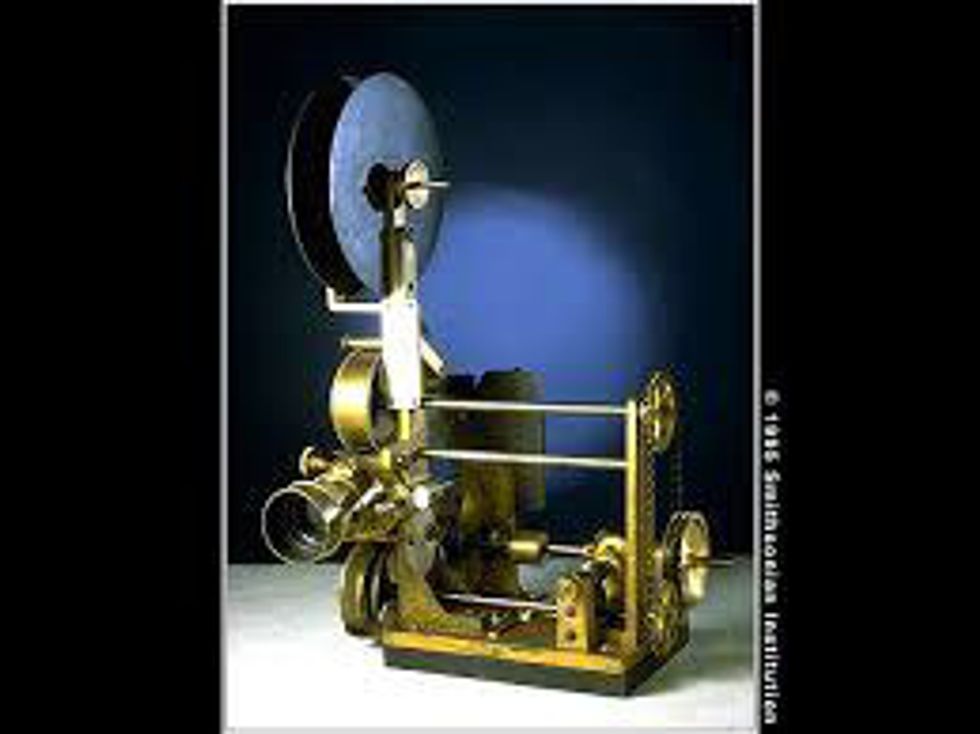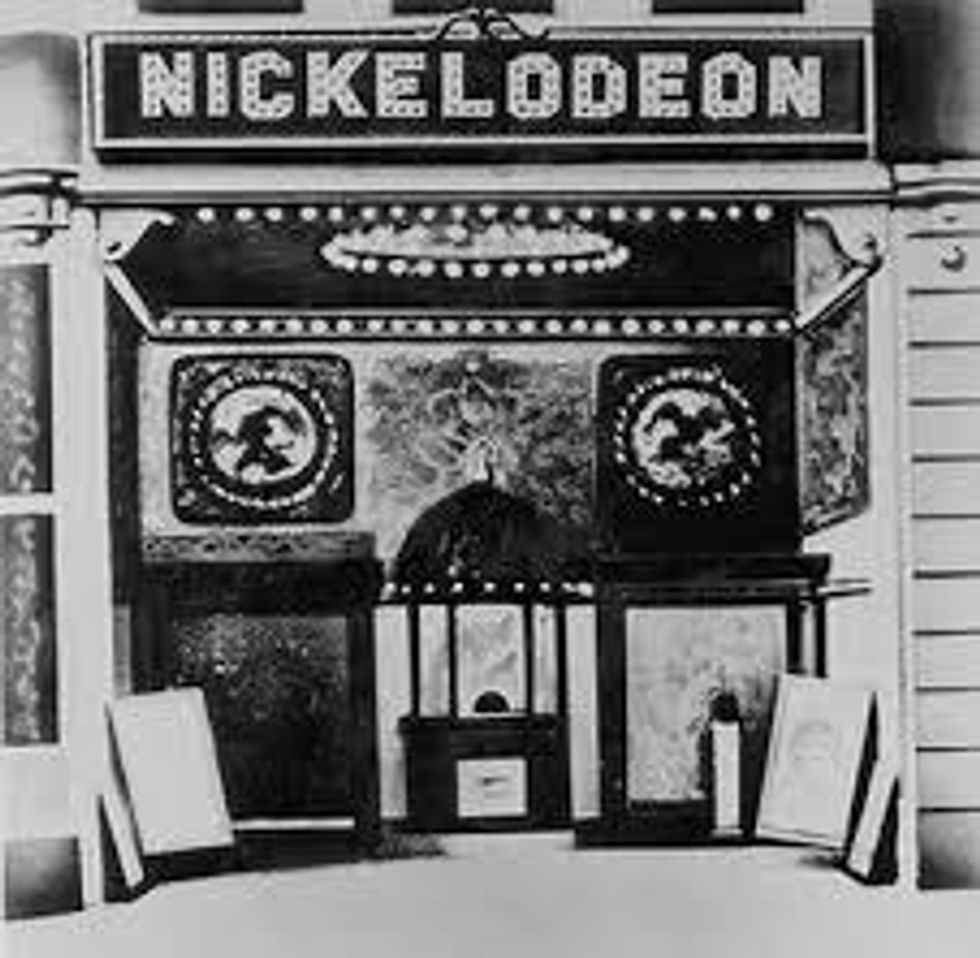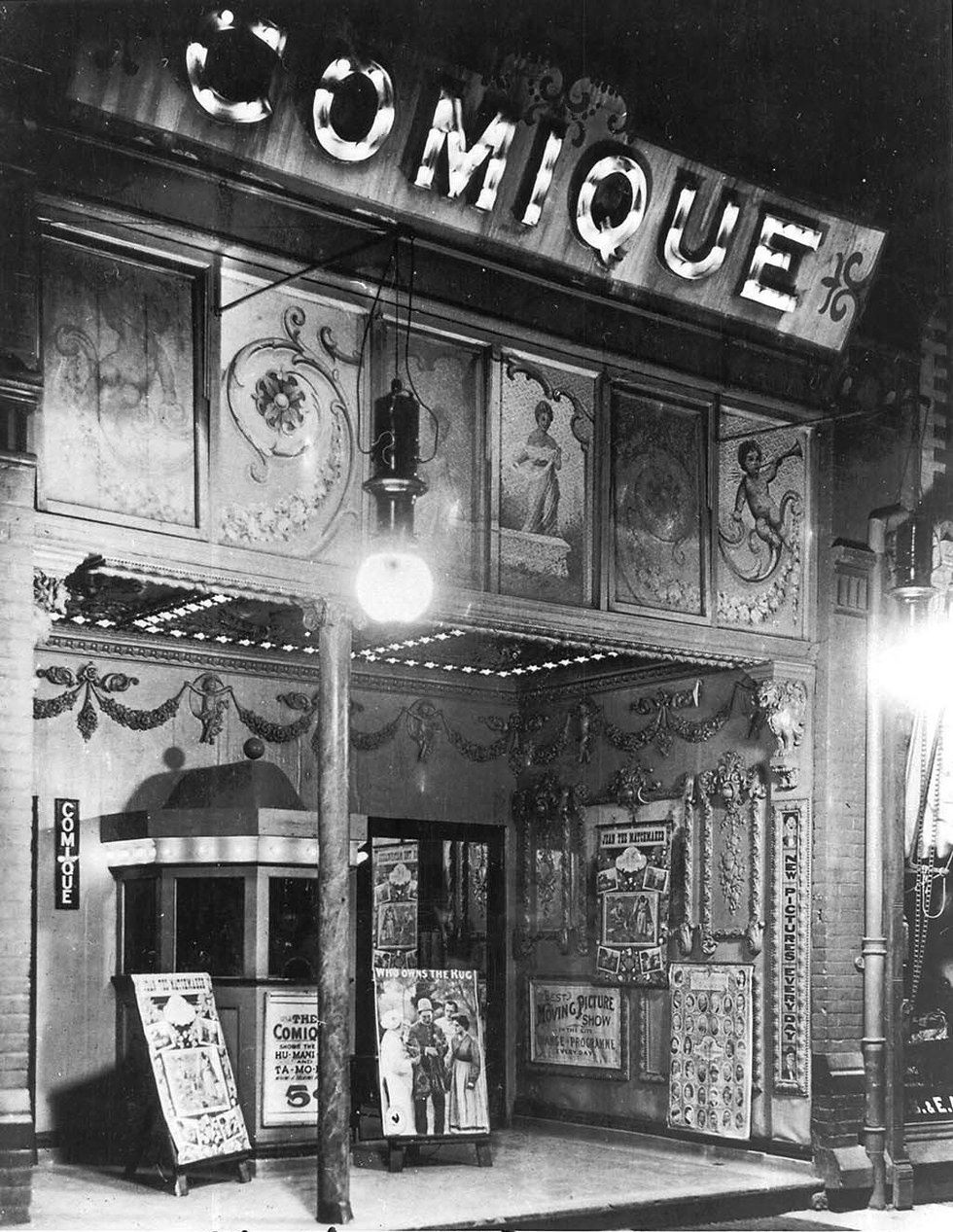Film today may be the most accessible form of art. Its evolution through the centuries has molded it into an art form that is infinitely changing. It maintains insurmountable power and influence in the world and will continue to evolve humanity. Understanding film history is crucial in order to grasp how it has evolved and how it may continue to do so.
The very first commercial exhibition of viewing motion pictures took place in New York city on April 19th, 1894. These films were viewed through a Kinetoscope, a device developed by Thomas Edison and W.K. Dickson. The device allows only one person to view a short film through a peephole. These shorts would on average last for around twenty seconds to just over a minute. In response to this invention, Kinetoscope parlors became immensely popular in the United States and typically consisted of ten or more devices each showing a different motion picture. Even though these motion pictures may seem boring and pointless in the modern day, but the simple fact of being able to view a captured moving image created this new medium of art that is film. It also grasped people's attention almost immediately and created a thirst for more.
Increasing humanity's new desire, almost simultaneously as Edison and Dickson, in France, Louis and Auguste Lumière patented a film camera and projector that throws images from what could have been seen through a Kinetoscope onto a large canvas. This new projector invention allowed more than one person to view a motion picture. Shortly after, Edison improved upon the Lumière’s brothers projector naming it the Vitascope, which became the first successful projector in the United states. The Vitascope brought the aspect of community into film. The ability to view a motion picture with other people at the same time entirely changed the experience of the art. The creation began to mold film into its true form.
Using this creation, short films were shown at Vaudevilles accompanied by an assortment of random acts such as music and dancing, but it wasn't until the 20th century that dedicated theaters referred to as a Nickelodeons were born. These nickelodeons allowed larger groups of people to share their emotional reactions and expanded upon the sense of community during each viewing experience of a film. They would show one or more single reel shorts each only lasting roughly twelve minutes and typically consisting of everyday events. Nickelodeons also became a place where people could routinely visit and view films the same way people today are able to at movie theaters.
The aspect of sound wasn’t introduced into film until the 1920s. The very first words spoken on screen were “ Wait a minute, wait a minute, you ain’t heard nothin’ yet” in the film "The Jazz Singer" in 1927. Even though there was an absence of sound, film was still able to be one of the most influential mediums of art and narrative. Silent films utilized movement and visual aspects in order to portray a narrative. Something that was unfamiliar and a polar opposite in comparison to other means of storytelling of the time, such as reading books.
These crucial events in technical film history founded the means for viewing experiences today. In the modern day, the use of computers and televisions has taken the accessibility of film to an almost instantaneous level. On account of streaming websites, the visual art of narrative has come to be one of the most utilized mediums of art today. The means in which people tell stories through visual mediums such as film will continue to evolve due to humanity's undying thirst for pleasure.



